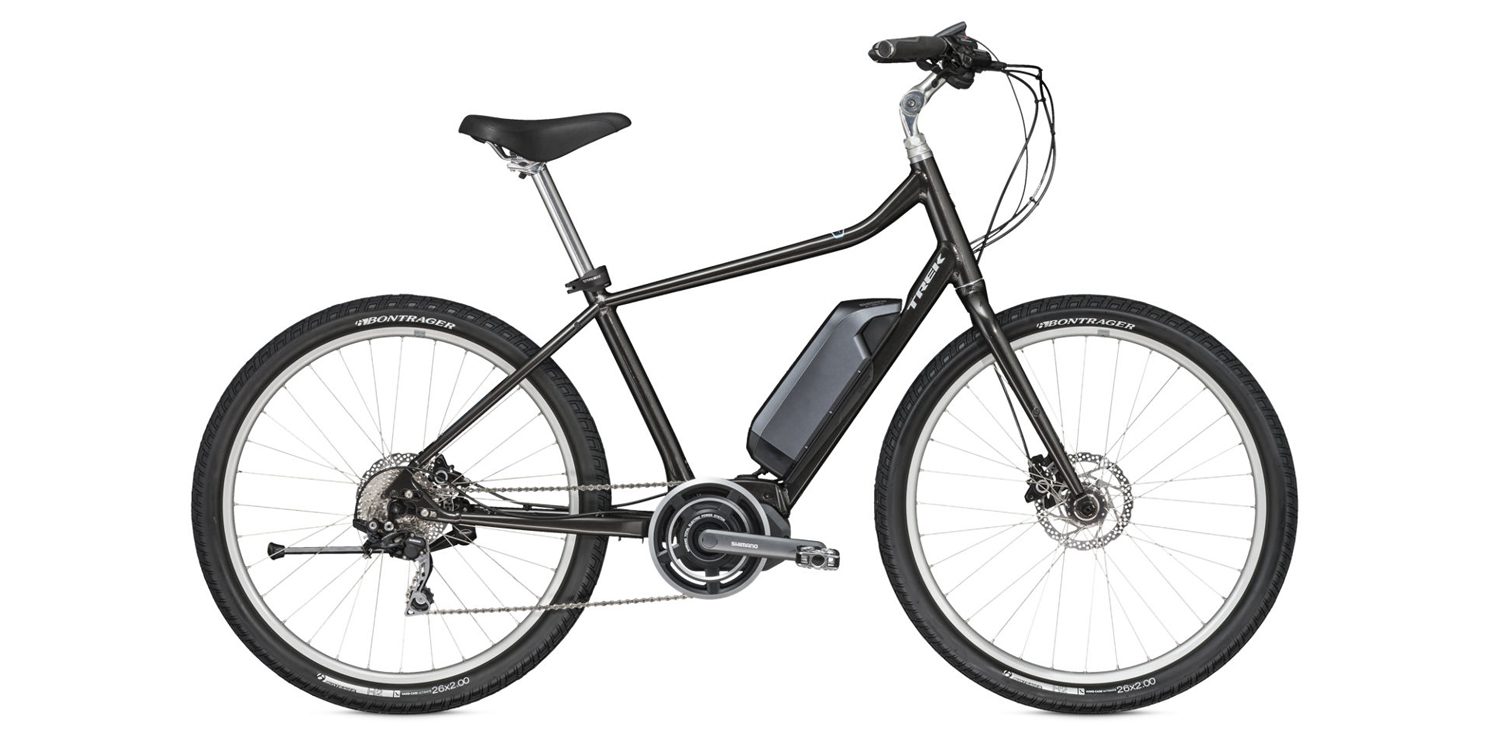How the Shimano Steps ebike motor gives your pedalling a boost
The high tech behind smooth assistance

It feels like having a tailwind all the time. That was the feedback Ben Pye, technical specialist at Shimano Canada, heard from a tester using the Shimano Steps system on an ebike.

One reason a mid-drive motor makes an ebike feel more bike-like is the placement of the unit. The mid-drive motor sits at a bike’s bottom-bracket area. “A mid-drive motor centralizes the weight and balances the bike better,” Pye says. “The bike’s steering and centre of gravity is very similar to what riders are used to.” Also, repairing a flat rear tire on a mid-drive ebike is the same as a regular bike. With a hubbased motor, flat-tire repair is a bit trickier.
Shimano introduced its Steps E6000 system in 2014 to a small test market in Germany and Holland. In 2015, it came to this continent for testing. It went live, so to speak, in 2016. In North America, the system is actually known as E6050. You see, we can ride a bit faster than the Euros. A European ebike motor can only provide assistance to 25 km/h. If you want to go faster, that’s all on you. In North America, an ebike motor can provide a boost to 32 km/h. Also, in Europe, Shimano has an off-road Steps system, the XT-level E8000, to complement its city-bike oriented unit. The E8000 is likely coming to North America in 2018.
The Steps system relies on four sensors to provide assistance to your pedalling. Those sensors watch torque, speed, cadence and crank position. The 418 Wh battery on the Steps (or new 504 Wh battery) is designed to run in temperatures ranging from 50 C to -10 C, so even hard-core commuters can have pedalling assistance late, or early, in the season. If you are storing the battery in your garage, you don’t have to worry about it until the mercury goes below -20 C. Of course, as with any battery, lower temperatures decrease performance. At more civilized temperatures, the battery will help you cover about around 120 km per charge in eco mode. The range decreases with the more assistance the motor provides, whether in normal mode or high. In 2016, Shimano introduced a new charger to lessen the charging time. On the old charger, it would take four hours to charge a battery that had been drained completely. The new charger will top up the cell in 3.5 hours. Also, the first 80 per cent of the charge is done in 1.5 hours if you need power in a hurry.

Another feature of Steps is a 6-km/h walk assist. Because an ebike is usually pretty heavy, you can turn on walk mode to help you move the rig up a hill as you look for a free post-and-ring to lock up. When the motor is paired with an Alfine Di2 hub, you can have “automatic” shifting. You can program the system to monitor your pedalling cadence. If your cadence drops below a certain range, the system will downshift. If the system notices you pedalling faster than the set range, it will upshift.
Finally, with the Di2 version, you can program a start gear. “Let’s say you want the bike to start in third gear every time you pull away from a stop sign,” Pye says. “If you pull up to a stop sign in sixth gear and stop for two seconds, the system automatically shifts to third. But, if you were climbing a hill in first or second and come to a stop, it won’t shift up to a harder gear.”
